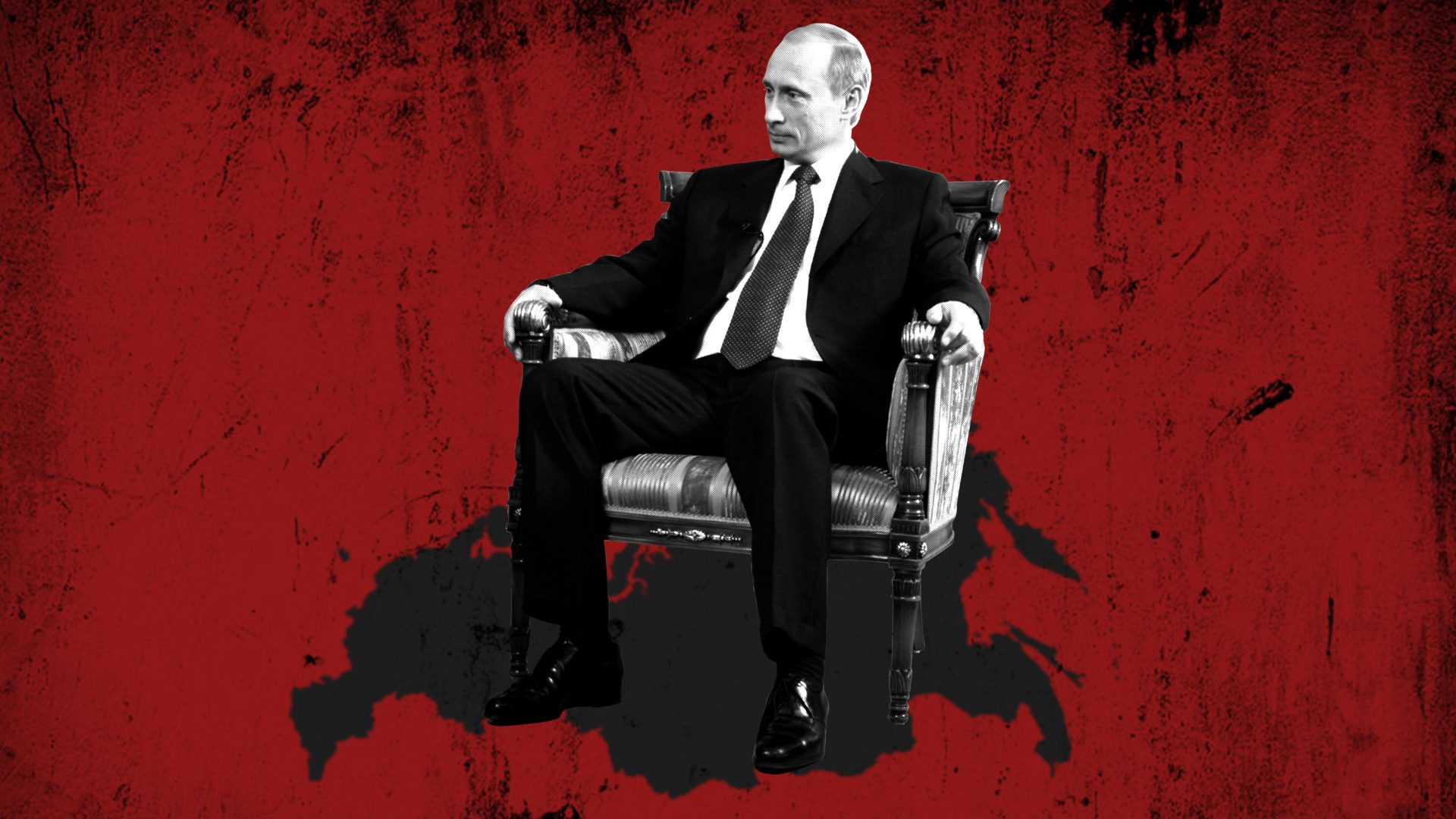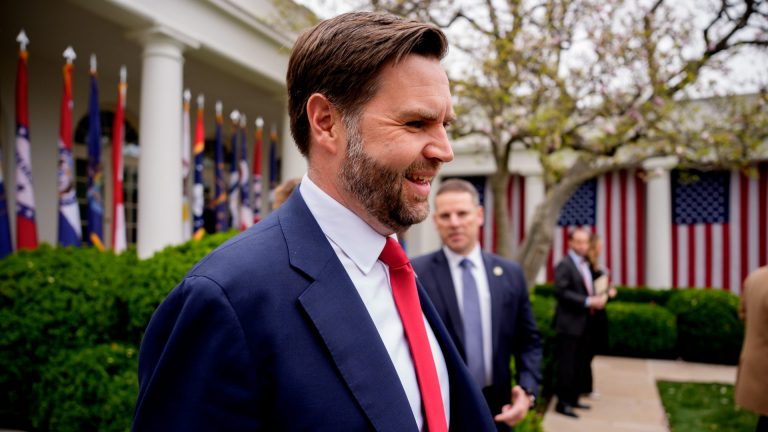After the airstrikes against the Houthi in Yemen, the hashtag “#WorldWar3” began trending on Twitter/X. Despite this hyperbole, none of the states implicated in the conflict has any interest in unleashing Armageddon. And yet the Israeli response to the Hamas atrocities of October 7th has prompted a wider response from a group of anti-Israel militias referred to as the “Axis of Resistance”, and this has increased the sense that the conflict is turning regional. The centre of this axis is in Tehran.
Having lost popularity at home, the Iranian leader Ayatollah Khamenei has staked his leadership on building an alliance of anti-Israel forces. The focus so far has been on two members of the axis: Hamas and now the Houthi.
The term “Axis of Resistance” was first used by a Libyan newspaper responding to President George W. Bush’s claim that Iran, Iraq, and North Korea formed an “axis of evil”, and it seemed to suggest that the only common denominator was resistance to US hegemony. It was then used to describe the Shia insurgency in Iraq and by Iranian officials to describe forces fighting in Syria’s civil war on the side of President Bashar al-Assad. In recent years it has primarily referred to a network of regional allies and proxies that Iran has trained and supplied: Hamas, the Houthis, Hezbollah and militias in Iraq and Syria. Of these the most powerful is Hezbollah.
Hezbollah was established in the aftermath of the 1982 Lebanon War. The organisation was built up by The Islamic Revolutionary Guard Corps (IRGC) throughout the 1980s and its most direct confrontation with Israel came with the 2006 Lebanon War. That conflict began when Hezbollah attacked an Israeli patrol killing three soldiers and kidnapping two, taking them back to Lebanon.
While Hezbollah has not fully responded to Hamas’s call to arms, there has been a steady escalation of attacks along the Lebanese border. According to Hezbollah, as of 6th January, 153 of its fighters have been killed in these, as well as the assassination of Hamas leader Al Arouri in Beirut and a Hezbollah commander in southern Lebanon. However, despite the rhetoric, neither side wants an escalation to 2006 levels. Lebanon is a fragile state and open conflict could tip it into becoming a failed state. Israel will not want to fight on two fronts and there are concerns about its underestimation of Hamas – what if its assessment of the much more powerful Hezbollah is also inaccurate? But violence has its own inevitable logic of escalation, and now more than ever, the risk of miscalculation is high.
And yet the so-called “Axis of Resistance” does not simply march to Tehran’s beat – its constituents have their own priorities. An offshoot of the Muslim Brotherhood, Hamas has more in common with fellow Sunnis in Islamic State than it does with Iranian Shia militias. IS recently claimed responsibility for the bombings at a memorial for Iranian commander Qassem Soleimani, who was assassinated in 2020 by a US drone. Hamas has previously opposed both Iran and Hezbollah.
As for the Houthis, they are an independent group, and while they owe much to the Iranian military, they are primarily focused on the conflict in Yemen, a conflict in which Saudi Arabia has pummelled the country with air strikes, in an attempt to drive out Iranian influence. The issue of Palestine is so emotive for the Muslim world that it cuts across the Sunni/Shia divide, but this divide is still deep and it creates complexities in the current crisis.
The US/UK strikes on Houthi positions in Yemen must be seen in this context. Regardless of the justification, they will be seen by both Sunni and Shia as the west fighting alongside Israel, which will in turn strengthen the axis narrative. Pro-Iranian militias in Iraq and Syria will likely increase attacks against US forces in the region.
One country that will benefit from the crisis is Russia. After Russia’s involvement in Syria, a gallery of posters appeared depicting the secretary-general of Hezbollah, Hassan Nasrallah, along with Assad, Khamenei and Putin, with the slogan: “Men who bow to no one but God”. Russia is considered by Syria and Iran to be an ally of the axis. However, Russia also has deep economic, security and energy agreements with the Arab Gulf states.
That means Russia will tread carefully and has no need to directly intervene. Russia is already benefiting from the stretching of US diplomatic bandwidth, the emptying of US arsenals and the damaging of US credibility with those in the global south.
The shockwaves released on October 7th continue to reverberate throughout the region, but we are not approaching an outbreak of a larger regional war. Even so, for many people violence will become an everyday reality – and life will be close to a living hell.










